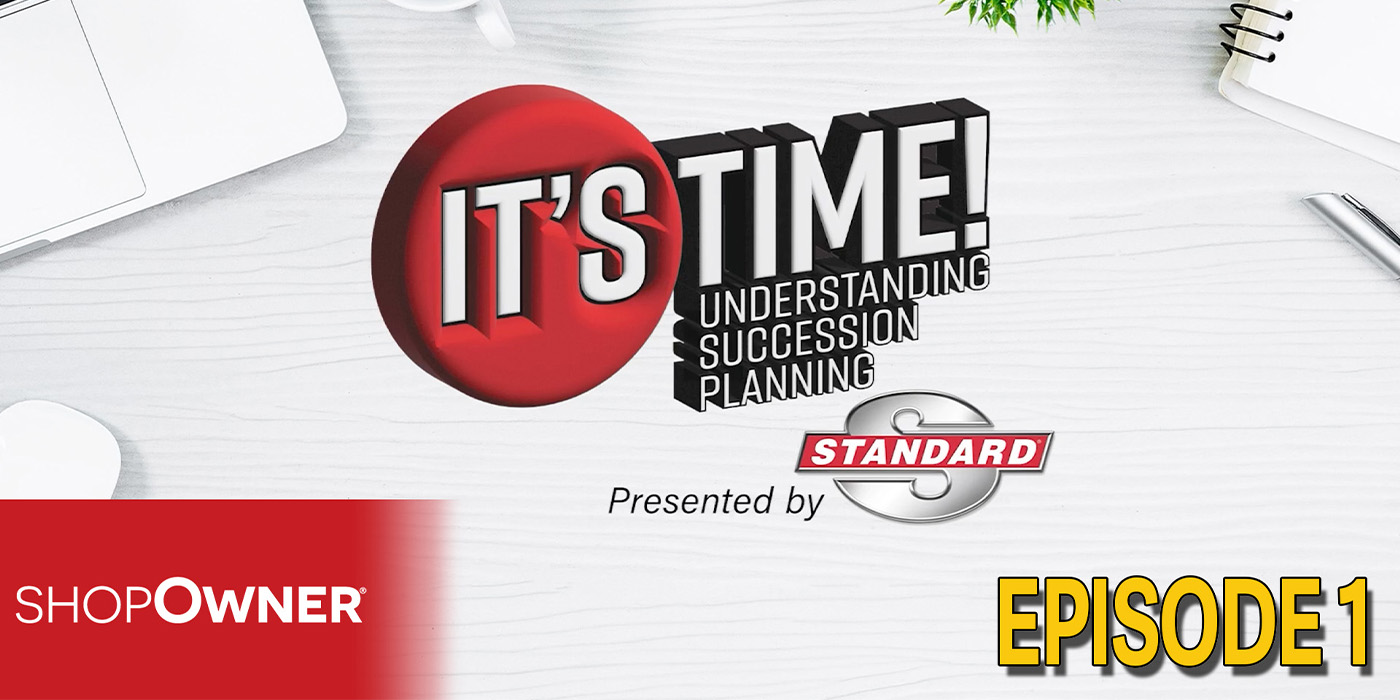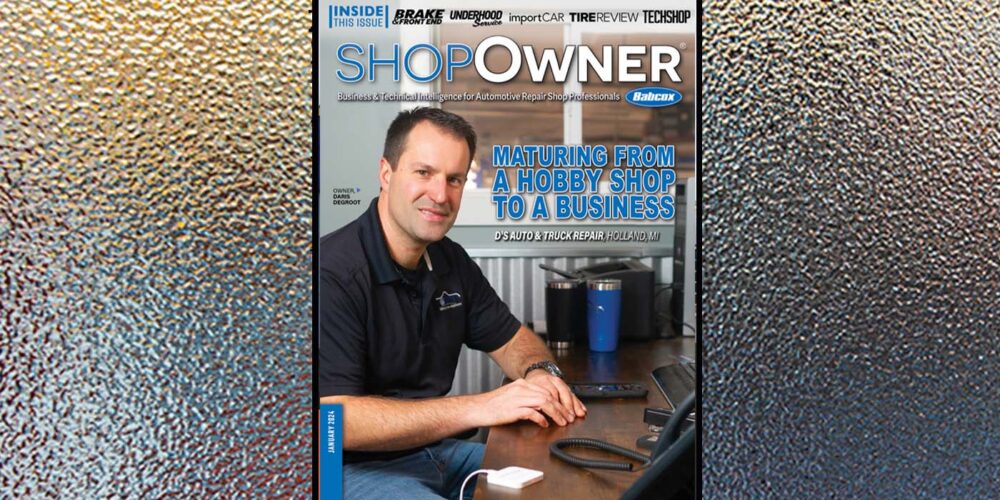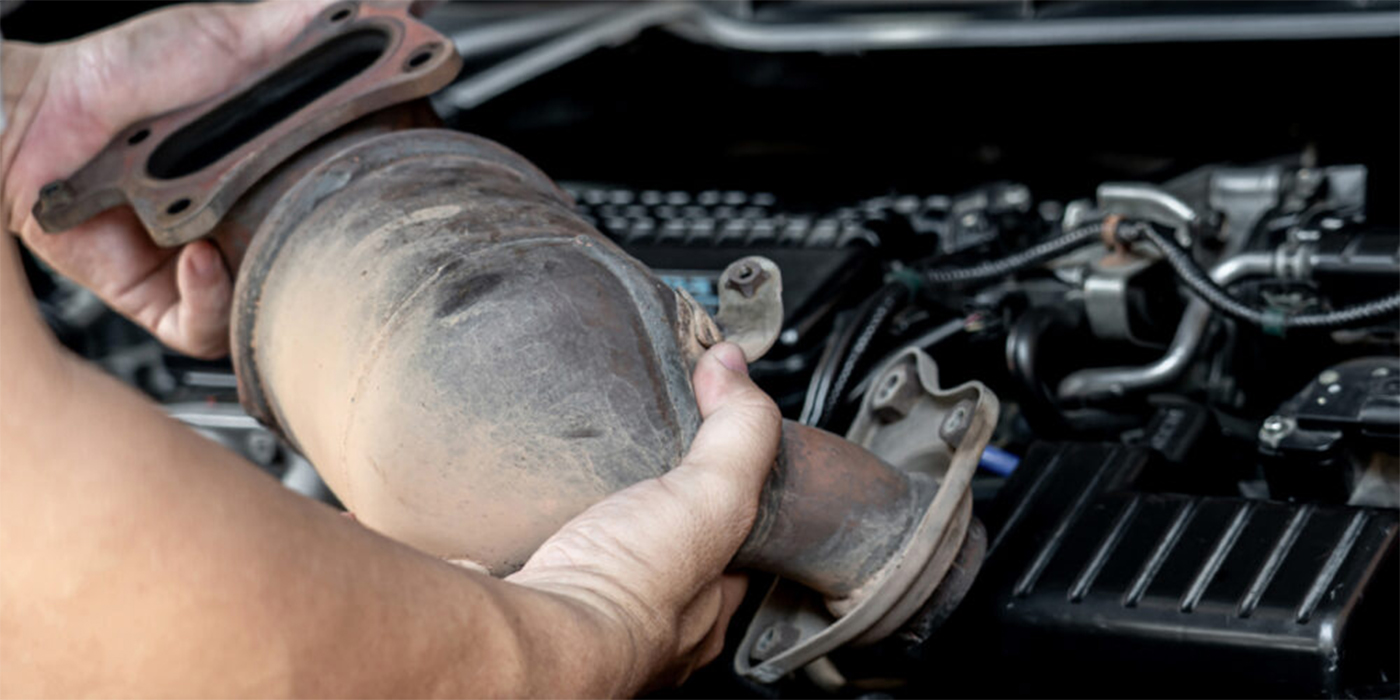After more than 30 years of owning and successfully running the town’s well-known and successful auto service business…starting out long ago as a single location and growing to multiple sites over the course of his career…Dan the Auto Man is about to make the biggest decision of his professional life.
 Dan has decided that it’s time to find a buyer for his aftermarket business. He looked ahead a few years ago and planned to sell at an unspecified date in the future. Now is that time. For years, as his family grew and matured and became involved in the business, he had assumed one or more of his children would carry on the legacy of the firm. But, as adults, they have now clearly told their father that the 60-hour workweeks and personal sacrifices they witnessed Dan experiencing for so many years, along with all the inherent risks in running a family business, do not interest them.
Dan has decided that it’s time to find a buyer for his aftermarket business. He looked ahead a few years ago and planned to sell at an unspecified date in the future. Now is that time. For years, as his family grew and matured and became involved in the business, he had assumed one or more of his children would carry on the legacy of the firm. But, as adults, they have now clearly told their father that the 60-hour workweeks and personal sacrifices they witnessed Dan experiencing for so many years, along with all the inherent risks in running a family business, do not interest them.
Dan’s fallback had been to sell to trusted long-term employees and retire on the note payments and rents that he would receive out of the future earnings of the business. But after taking a long, hard look, Dan realized that as skilled as his employees are, the downside risks of his financial security being dependent on his employees are too great. He was not sure he could sleep well at night, worrying about whether or not they could run the business as well as he has and provide for his comfortable retirement in the process.
So, the optimal option, Dan has determined, is to find a buyer who can grow and expand his legacy while also receiving a cash settlement that he could safely invest for his retirement.
That being the case, there is one particularly significant task that must be done to prepare for successfully selling at a price that will justify the years of hard work Dan put into his business.
Recasting: Because a Buyer is Buying His Future, Not Your Past
One of the biggest mistakes a seller can make is simply providing a buyer copies of the business tax returns or unadjusted financial statements. The objective of most owners and their accountants is to do everything that they can to minimize taxable income. This is effective for reducing taxes, but it paints an incomplete picture when it comes to showing a potential buyer the true cash flow, and hence the maximum value, of the business. If you want buyers to get excited about your auto service business, they need to truly appreciate the full financial benefit and actual income-generating ability. By “recasting” or adjusting the financial statements for presentation purposes, the “real” financial performance of the business can be demonstrated.
A “recast financial statement” is a reconstructed representation of the earnings that a buyer would be able to enjoy from the business. It “normalizes” the figures by removing all the unusual, non-recurring and one-time items that would not likely occur in the future for the buyer. Recasting supplements the owner’s compensation listed on the tax return with all other “perks” or fringe benefits, while also adding back depreciation, amortization, interest payments and capital investments in equipment or property improvements.
 Recasting financials before selling a company may raise eyebrows for those that have not heard the term before. However, just as a homeowner “stages” their house before putting it on the market, you will want to legitimately dress up your business financials. You certainly can work to improve its appearance physically, and you also should make the numbers look as attractive as possible. After all, those cash flow numbers will be a crucial element of how buyers will determine the price they are willing to pay for your business and how much money that a bank will be willing to lend to the buyer.
Recasting financials before selling a company may raise eyebrows for those that have not heard the term before. However, just as a homeowner “stages” their house before putting it on the market, you will want to legitimately dress up your business financials. You certainly can work to improve its appearance physically, and you also should make the numbers look as attractive as possible. After all, those cash flow numbers will be a crucial element of how buyers will determine the price they are willing to pay for your business and how much money that a bank will be willing to lend to the buyer.
Dan himself was not well versed in the practice of recasting and was not sure what it entails, so he is using the services of a business broker to guide and assist in the process.
Keep in mind one key principle of the selling process: A buyer is buying his future, not your past. The only way to accurately highlight your future profitability is by recasting your historical financials so that the buyer can use these figures to project out three to five years, using the new recast baseline as their starting point. So if your broker does not have an understanding of the automotive service business or does not take the extra time to dig into your financials for all of the appropriate add-backs, your base year could understate your profitability, impacting what buyers will pay for your company.
The person providing the recasting service will ask you lots of questions about your expenses and request supporting documentation to find as many legitimate add-back items as possible. Brokers who have sold dozens of automotive service businesses will have the skills and knowledge to quickly spot expense levels that are above industry norms and search for non-recurring purchases or personal perks that can be added to maximize your cash flow.
Case Study
For example, let’s assume a buyer is looking at two similar auto service companies for sale. Both are generating similar levels of revenue.
Seller A gives the buyer a 2013 tax return showing $50,000 in net income and $75,000 in officer salary. Thus, Seller A is disclosing $125,000 for this year in Seller’s Discretionary Cash Flow.
Seller B has his broker prepare a detailed marketing package including three years of recasted financials documenting $250,000 per year in Seller’s Discretionary Cash Flow.
Which of these sellers do you think will receive a better offer? With this example, you can see how vital recasting is in protecting you from offers that are too low.
One caveat: My discussion of recasting presumes your financials are in good order and expenses are categorized accurately. If not, you need to start there and get your financials cleaned up first. If not, no matter how carefully you document your recasting, your actions could be based on inaccurate financial information.
Recasting Checklist
The most important recasting adjustment is to clearly document the “owners benefit,” including all perks and personal expenses that may be run through the business. Dan worked with his CPA and me utilizing the following checklist to adjust the past income statements (the last three years) for Dan the Auto Man to document all of his benefits of ownership beyond the salary shown on the tax return. Every business and situation is different, but in Dan’s case it was appropriate to add back the following expenses:
• All health, disability and life insurance premiums and company contributions to his retirement account;
• Dan’s wife’s salary for part time administrative work which could be done by a buyer;
• Dan’s teenage son’s wages, since his occasional work cleaning up around the shop was not essential to the business;
• The cost of Dan and his family’s cell phone, personal vehicle and maintenance expenses that were run through the business;
• Parts purchased by the business to fix up Dan’s classic 1965 Ford Mustang convertible;
• Travel and entertainment expenses that were not essential to the business;
• Legal and accounting expenses paid by the business for Dan’s new will and estate planning services;
• Training and seminar expenses for Dan’s networking group; and
• New computers at Dan’s house and his personal laptop
In addition, other recasting actions could include adding back:
• Depreciation and amortization;
• Interest payments on the business bank loan;
• One-time cost of a major write-down in inventory to remove obsolete parts;
• Equipment lease payments since the small remaining balance could be paid off at closing;
• Rent paid to Dan as the owner of the property over and above the amount to be paid by the buyer;
• The purchase of two new lifts, including installation, and a brake lathe that were expensed in full by the business; and
• Charitable donations and certain advertising/sponsorship expenses that would not benefit the business.
You Are Not Trying to Mislead Buyers
Adding transparency and portraying the actual potential of your business will make it more attractive to buyers. To do this, recast financial statements to adjust your income statement to show what would have been real, operational cash flow.
Although it may take some time, don’t underestimate the impact recasting financials will have on how your business value is perceived. It’s time well spent when selling a company.
The goal is to make the potential cash flow of your business clear to a buyer, their accountant and their bank. But be prepared to justify all add-backs with supporting documentation such as invoices and payroll records. Most buyers and their accountants will demand a due diligence period to verify all claims.
A good broker will orchestrate this process by anticipating the questions and being prepared to quickly respond.
Showcase your business as attractively as possible to attract the buyers you have targeted. When it comes to maximizing the sale price, don’t leave money on the closing table by not investing in professionally prepared marketing materials and cash flow statements. Your retirement income and peace of mind is dependent on recouping all of the value of building a successful enterprise.














